This story is part of our new Future of Gaming series, a three-site look at gaming’s most pioneering technologies, players, and makers.
A lot of video game consoles, and their associated accessories, feel tailor-made for their respective eras. This makes sense: You want to make consoles and controllers that will be relevant to players at the time you make them so they then, you know, buy the things. But sometimes, a game console or accessory does something very different, perhaps experimenting in a way that does not entirely work at the time, but nonetheless provides a glimpse into the future.
That’s our topic here today. Read on for 10 such cases of video game consoles, accessories, services, or just plain odd devices that were ahead of their time, pushing boundaries, and offering folks a sneak peek at the future…even if they didn’t realize it at the time.
The wireless Atari 2600 controller

Today, every console comes with a wireless gamepad. But that wasn’t always the case, and you’d be mistaken for thinking the first wireless controllers didn’t appear until the Xbox or GameCube era.
The good ‘ole NES had several from third parties, but credit for the very first example goes to Atari. Back in 1983, the American console king released bulky wireless controllers that sported a 20-foot range and were powered by a 9-volt battery. Surprisingly, they worked pretty well!
Dreamcast and its built-in modem

In 2023, online features in video games are nearly as common as glitches, and every console can easily connect to the internet. We can thank Sega and its short-lived but beloved 1998 Dreamcast for helping popularize the idea of shipping a console with a built-in network connection.
Sega of America insisted on getting a 56k modem in the box at the Dreamcast’s $US199 price point, marking the beginning of a new era of console online play for everyone…not just players who shelled out extra for barely supported, third-party modem accessories like the SNES and Sega Genesis’ XBAND.
Virtual Boy tries (and fails) to make real 3D gaming a thing
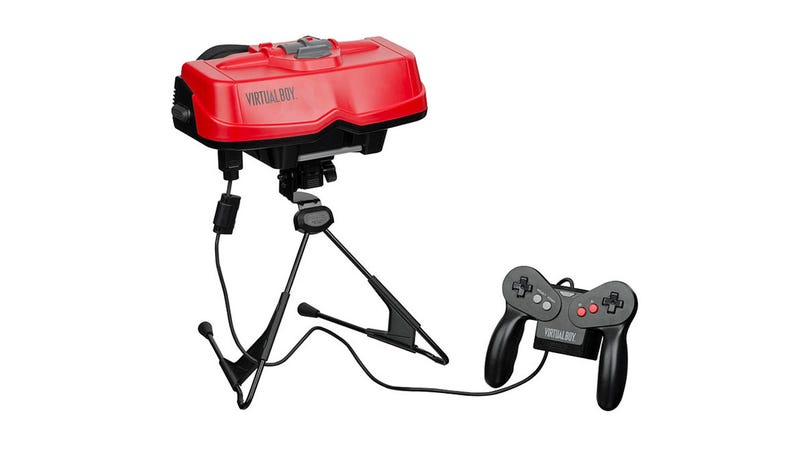
You likely already know about Nintendo’s failed 1995 Game Boy spin-off, the Virtual Boy. It was marketed as a next-gen leap into the world of 3D, yet it wasn’t a great experience to actually play. But even if the console was a flop and the red-and-black, stereoscopic 3D effect tended to cause headaches, it was a classic example of how Nintendo’s frequently willing to experiment, which more often than not pays off in the end. Just, not this time.
Microvision paves the way for modern handheld gaming
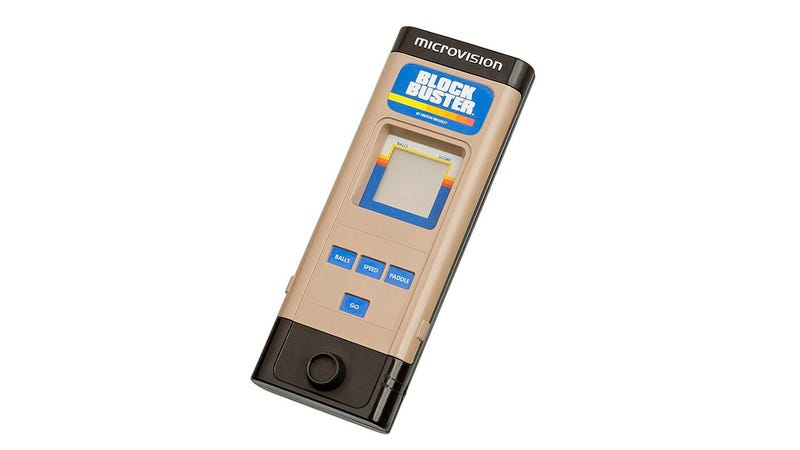
Released in 1979, Milton Bradley’s Microvision wasn’t the first portable device that played games. But it was the first one to use changeable cartridges for its games, something that Nintendo would later implement in its 1989 Game Boy and, of course, all later portable machines.
While the system was a mild success, even getting its own Star Trek game, it wasn’t a great product overall and suffered from numerous issues. But hey, it did make a cameo appearance in Friday the 13th Part 2. So that’s neat…I guess.
Game Boy Camera was an early way to get selfies

Well before phones all had fancy cameras and even before digital cameras became cheap, Nintendo offered the Game Boy Camera accessory, a way to take selfies or other photos using its popular handheld gaming device.
Sure, the images weren’t high resolution—only 128×128, and in four shades of monochrome—but the Game Boy’s 1998 camera accessory was likely the first time a lot of kids were able to own their own digital camera. Even today, fans are turning its incredibly lo-fi imagery toward more artistic ends.
Sega’s Activator, aka the retro Kinect
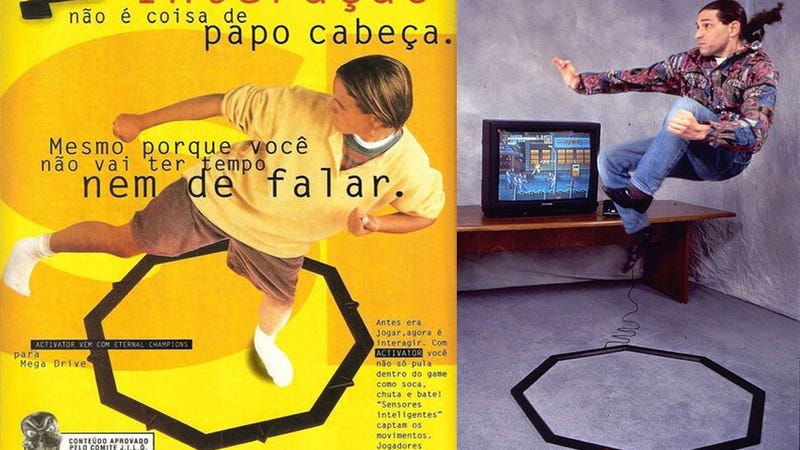
The Sega Activator was an odd duck, for sure, but it was also the first full-body motion controller, predating the Xbox 360’s Kinect motion control add-on by over a decade.
Designed by Sega and Interactive Light, 1993’s Activator was an octagon-shaped ring you placed on the floor and plugged into your Sega Genesis. You could then, in theory, kick and punch, and a game would interpret those actions to make your in-game character do the same. In practice, it wasn’t a great way to play most games. Any games, if we’re being honest.
Super Game Boy was the Nintendo Switch of the ‘90s
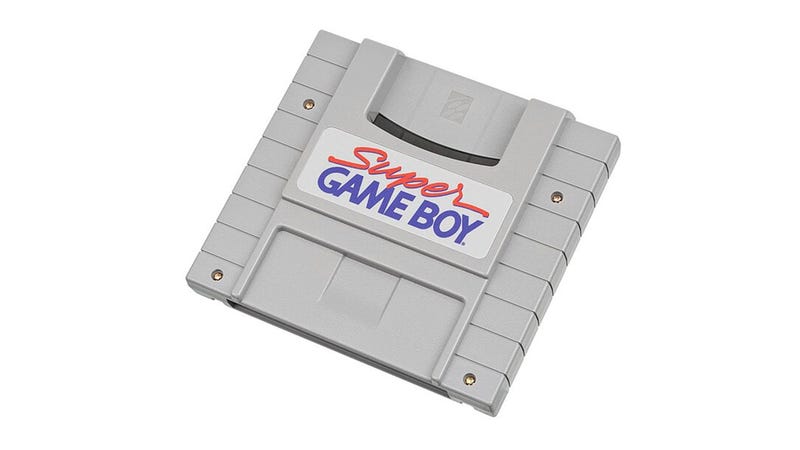
One of the best features of the Switch is the ability to play the same game on a portable device or through your TV, playing where you like and keeping all your progress and saves. But before the Switch, Nintendo offered a similar experience with its Super Game Boy, a device that let you play Game Boy cartridges on your TV.
You stuck this thing into your SNES, popped in a Game Boy cart, and that was it. You were then able to play that game on your TV, sometimes with enhanced features like color and custom borders. Pop it out later and back into your regular Game Boy and you could keep playing the same game on your road trip. Super Game Boy was a great idea that Nintendo would return to, in a way, with the Switch.
The world’s first holographic video game
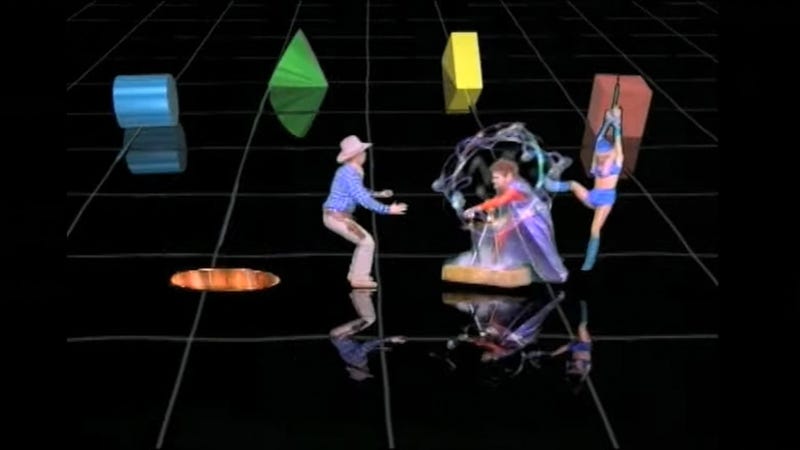
Time Traveler is a Sega arcade game from 1991 that runs off a LaserDisc and plays a lot like Dragon’s Lair. Which makes sense, as Time Traveler was designed by Dragon’s Lair creator Rick Dyer.
When it was released, Sega described the game as “The World’s First Holographic Video Game!”. Technically, this arcade game from Sega isn’t using real holograms, but the effect is still pretty dang cool and feels futuristic even in 2023. Like Dragon’s Lair, it’s not great to actually play, but if you ever see this one in person, it’s worth marveling over a bit.
Downloading console games in the ‘90s with the Sega Channel
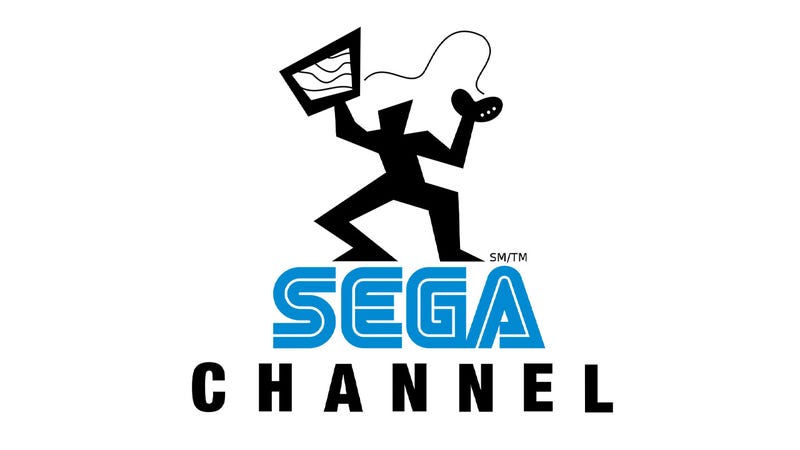
I think most folks would be surprised to learn that certain consoles in the 1980s could download games, long before that became more common on the Xbox 360 and PlayStation 3. And while the Sega Channel, Sega’s 16-bit Genesis game download service, wasn’t the very first, it was likely the most successful early attempt at such a service, and in 2023 still feels like a real tease of the future.
Starting in 1994, Sega offered the Sega Channel, a service that used a special adapter connected to your Genesis to let you download and play new games. It worked well too, only taking a few minutes to download a full game. The service ended in 1998, but Sega correctly guessed that one day most people would just download all their games.
PC Engine played games off CDs in 1988
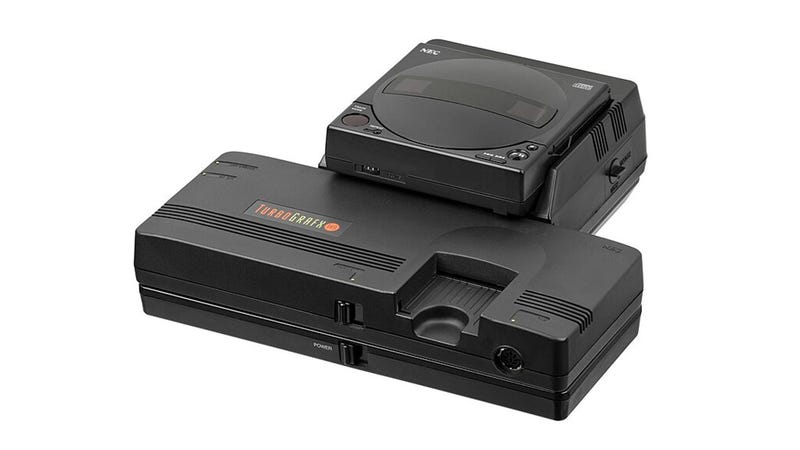
In the 1980s most video games, etched onto microchips soldered onto circuit boards, came encased in big blocks of plastic called cartridges. Satisfying to slam into slots, but chip-based ROMs were expensive, leaving games severely size-constrained.
Just a year after wowing the Japanese market with the arcade-like PC Engine console (TurboGrafx-16 over here), Hudson Soft and consumer electronics giant NEC released a world-first CD-ROM add-on for the system. Goodbye storage limitations, hello crystal-clear speech and music!
PC Engine games, typically just one to four megabits, now had over 500 megabytes with which to pack in highly detailed graphics, pristine 44.1kHz audio, and all the levels designers could dream up. CD-ROM gaming didn’t go big until the mid-’90s with PlayStation, Sega Saturn, and the rise of PC multimedia, so it’s astonishing that PC Engine pioneered all that way back in 1988.
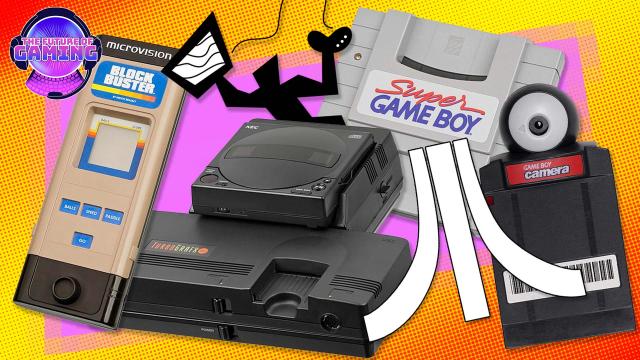
Leave a Reply